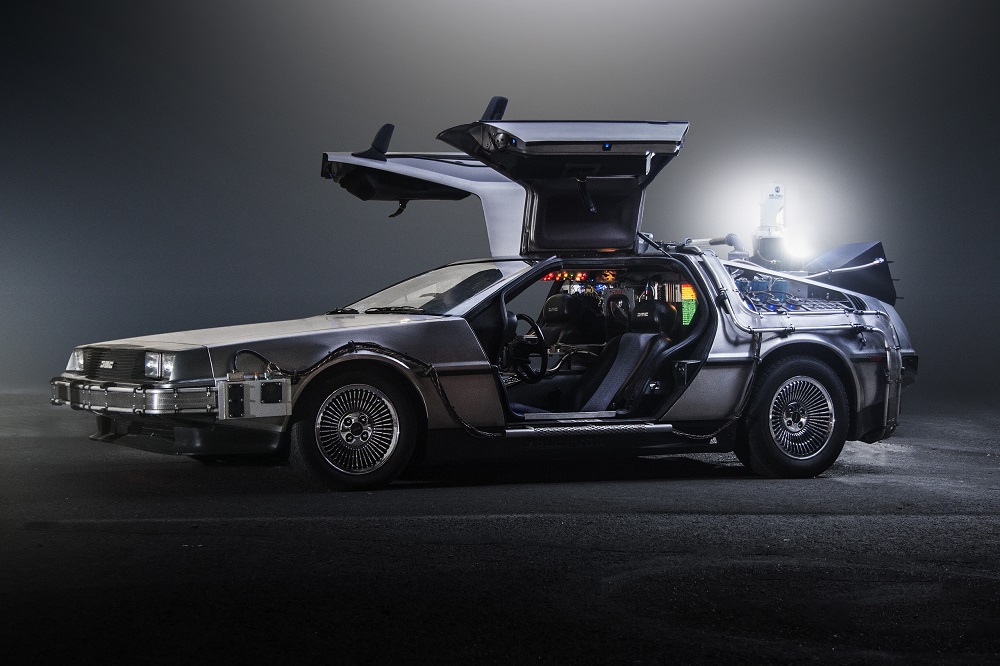Science fiction in popular culture has provided us any number of glimpses into the future that seem to come true. You can call it prophecy, inspiration, or universal human ingenuity, but much of the future we see portrayed in movies is already on the drawing boards of scientists and inventors all over the world. Every big breakthrough can lead to a constant cycle of improvements. Here are just a few ways that computer science is helping to turn fantasy into reality:
Micro-bots
In the world of espionage and law enforcement, computers are essential to designing and programming tiny robots that can carry cameras, receivers, and transmitters. Engineers are creating insect-sized drones that can slip into the vicinity unnoticed to take photos and record conversations that are streamed back to watching police and agents. They can also be programmed to set microchip tracking mechanisms, collect DNA, and determine conditions before any human lives are risked.
Automated vehicles
Robotic vehicles were sheer imagination to most people even while carmakers were producing onboard computers, sensors, and automatic safety features. However, functionality like lane drift alerts, collision avoidance, and even automated parallel parking was already just a step away. Better computers and arrays of sophisticated sensors have made autonomous vehicles a reality. The hope is that with computers in control, we’ll not only be safer but less wasteful. Americans squander about $160 billion of fuel each year in traffic jams.
Immortality
Today’s scientists are mapping out the genes that dictate our physical and mental abilities, and learning to manipulate them. As biological materials are developed for 3-D printing, surgeons are beginning to create custom bones, muscle tissue, skin, and even human organs to precise measurements. Imagine not only having your decayed or diseased parts replaced, but replaced with something better.
Robotics
You’ve seen every kind of robot from Rosie of “The Jetsons” to the very human androids of “Alien”. We now have the technology to create something in between. There are robots that can play soccer and mimic appropriate facial expressions through very human-like masks. Yet, our conception of robots has also changed. More robots today are software that learns from its own data. Computer science experts, such as those who may have their master in database management, are focused not on physicality but the potential of complex AI programming.
The real breakthrough is computers that are capable of complex analysis that explores and tests every possibility. As this capacity also improves, it’s likely there’s nothing that tomorrow’s humans can’t accomplish.
